15 Rebellious Facts About Suzanne Collins!
This one is for all Hunger Games superfans! Get ready to learn everything about the mastermind behind the series, author Suzanne Collins!
Author Suzanne Collins truly changed the YA genre, and she also changed the lives of her fans! If you're a fan of The Hunger Games (or maybe a fan of her other series, The Underland Chronicles), you need to read these amazing facts about the author! Get ready to learn all about Suzanne's childhood, influences, writing credentials - and which Olympic governing body sent her a letter of thanks! If you're left hungry for The Hunger Games when you're done, we've got quizzes for you! Try this hard-mode trivia quiz, find out which Disctrict you are, or which character you're most like!
1. She was born in Connecticut
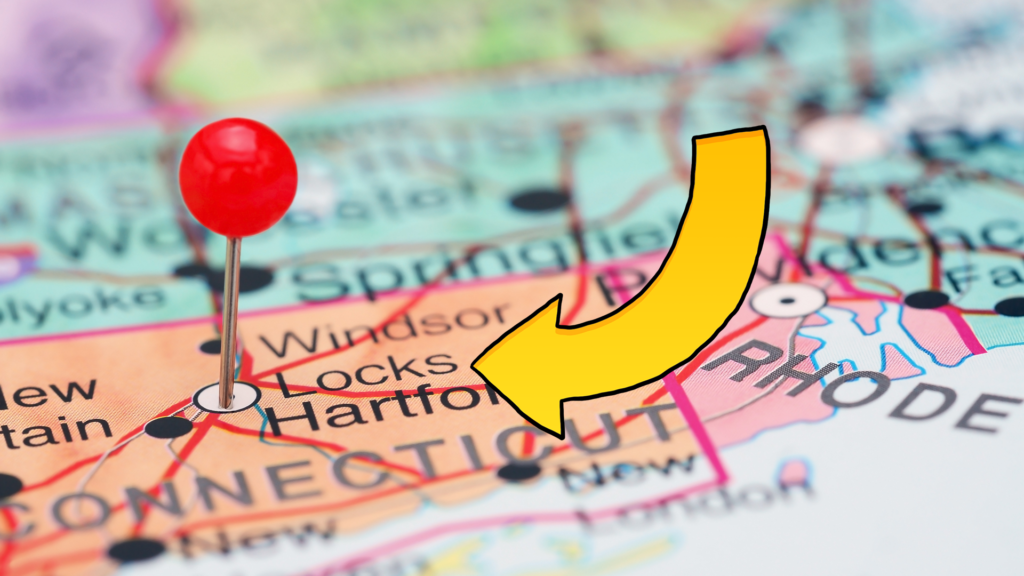
Suzanne was born in 1962 in Hartford, Connecticut, which is a small state in the Northeast part of the USA (if you're a Gilmore Girls fan, that's the city where Rory goes to school!). Suzanne is the youngest of four children - she has two sisters and a brother. The family moved around a lot when she was a child, though they stayed in the Eastern United States.
2. She comes from a military family

Suzanne's dad was Lieutenant Colonel Michael John Collins, an officer in the United States Air Force. Her upbringing was very influential on The Hunger Games. Her father served in the Korean War and the Vietnam War, which were two huge global conflicts that claimed a lot of lives from the early 1950s to the mid 1970s. Suzanne was terrified of losing her father to the war, and understands what war feels like for the families of soldiers. She said that her father spent a lot of time educating his kids about the real consequences of war and violence.
3. Her father also taught her about survival
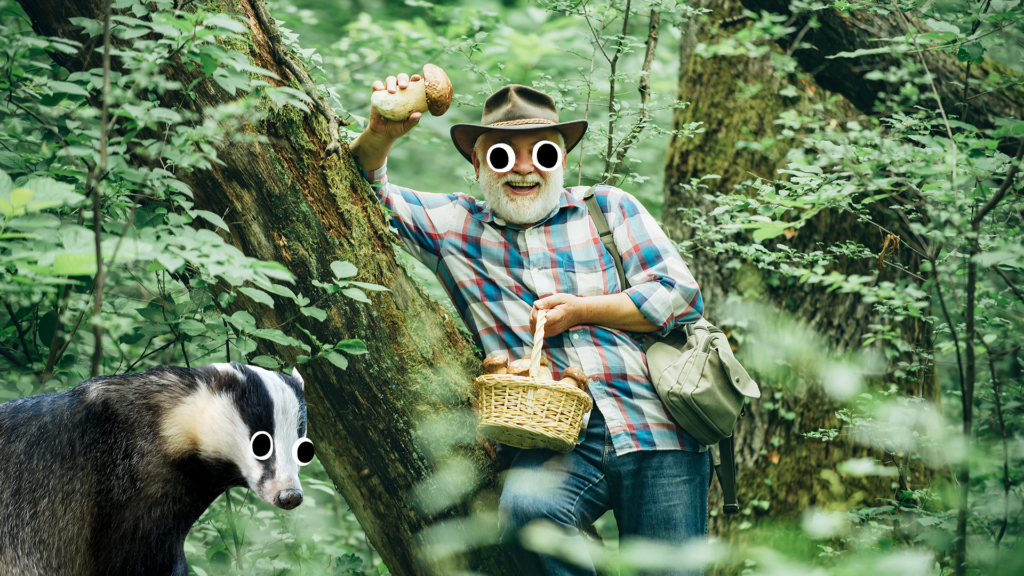
Suzanne's dad provided another big influence for The Hunger Games - he taught her what life would have been like for Katniss and her family. Her father grew up during the Great Depression, a severe economic crisis in the 1930s that where many Americans struggled with severe poverty. Suzanne said that for her father's family hunting was not a sport, but a way to put food on the table. He was very good at identifying edible mushrooms, and would eat the ones he foraged even though Suzanne's mum wouldn't let the kids eat them! You can see this inspiration in Katniss' survival skills in District 12, and in the Arena.
4. She wrote for children's TV
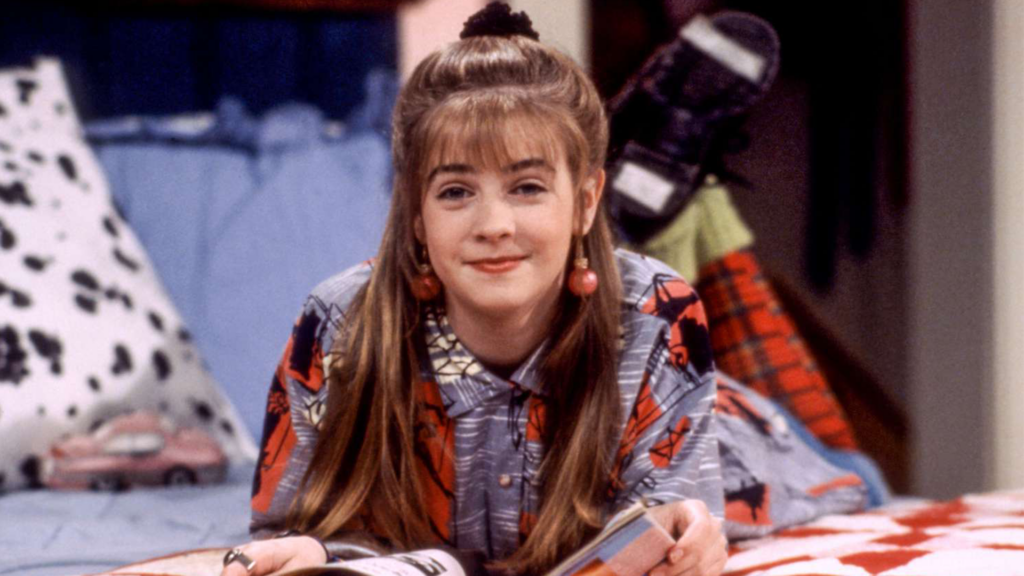
Before becoming a bestselling writer, Suzanne wrote for children's television. She did a lot of work with Nickelodeon, writing for shows like Clarissa Explains It All, The Mystery Files of Shelby Woo, Oswald, Wow! Wow! Wubbzy, and Little Bear. She was inspired to write books for children after working with a children's author, James Proimos, on a show called Generation O!
5. She's written picture books
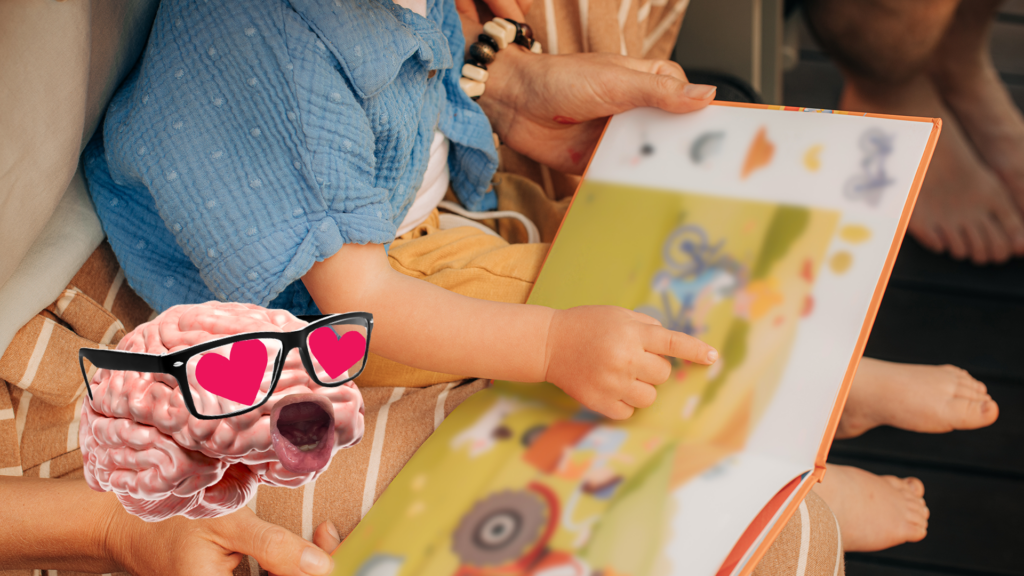
Suzanne isn't all about YA - she published children's picture book When Charlie McButton Lost Power in 2005, and another picture book called Year of the Jungle in 2013. Year of the Jungle is an autobiographical book about her childhood as the daughter of a soldier.
6. She was inspired by Alice in Wonderland
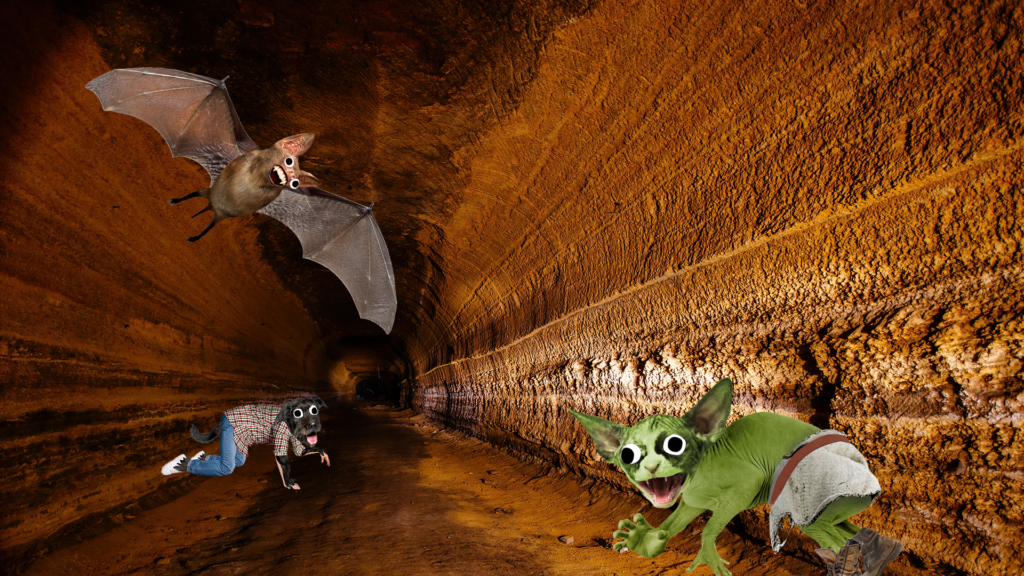
The Hunger Games wasn't Suzanne's first book series! From 2003 to 2007 she published The Underland Chronicles, a series about a boy who has adventures in a subterranean world under New York City. The idea came from Suzane's pondering on Alice in Wonderland - she thought that modern children who grew up in cities might have difficulty relating to Alice's fall down a rabbit hole, saying you'd be more likely to fall down a manhole, and there certainly wouldn't be a tea party at the other end! The five-part series tells the story of what you might find, instead - but you'll have to read it to see!
7. She has a lot of influences

Suzanne has named her favourite books as a teenager, including Nineteen Eighty Four by George Orwell, A Wrinkle in Time by Madeleine L'Engle, Lord of the Flies by William Golding, A Tree Grows in Brooklyn by Betty Smith, Slaughterhouse-Five by Kurt Vonnegut, and Dandelion Wine by Ray Bradbury. Most of these books are for older readers, but they also contain a lot of the themes that would show up in The Hunger Games - oppressive governments, children forced to fight for their lives, war, poverty, and survival.
8. She loves Greek mythology
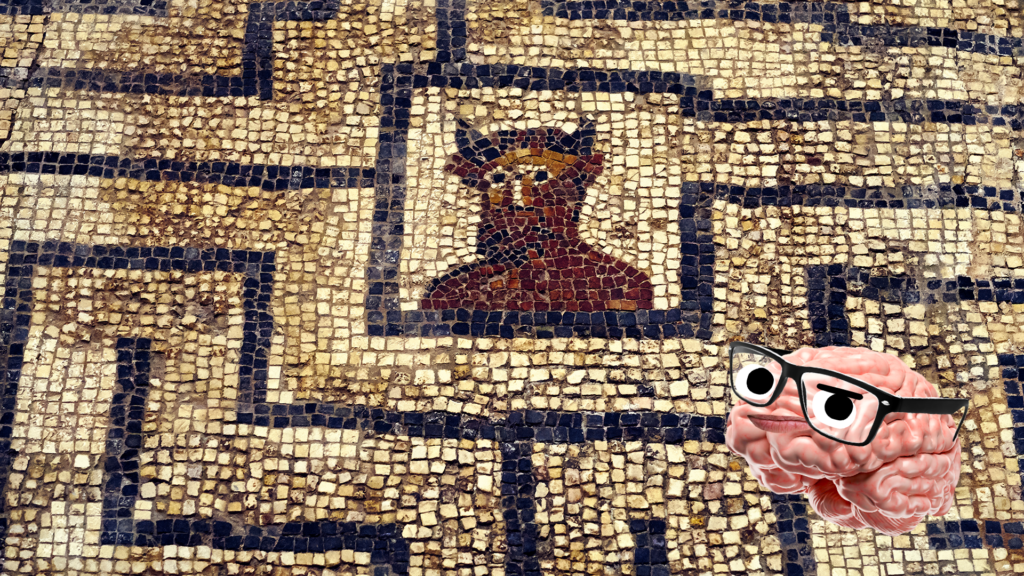
Fellow Greek mythology fans rejoice! Suzanne names Greek mythology as another inspiration for The Hunger Games, especially the myth of Theseus and the Minotaur. In this story, the city of Athens is punished for its past misdeeds by being forced to send seven boys and seven girls to Crete, where they are thrown into the labyrinth with the Minotaur and devoured. As a child she always thought that punishing the children of its enemies was an especially cruel thing for Crete to do - what if an entire country punished its own people in the same way? Theseus the hero volunteers to go and slay the Minotaur - a bit like Katniss volunteering to save her sister from the Games.
9. Panem has a meaning
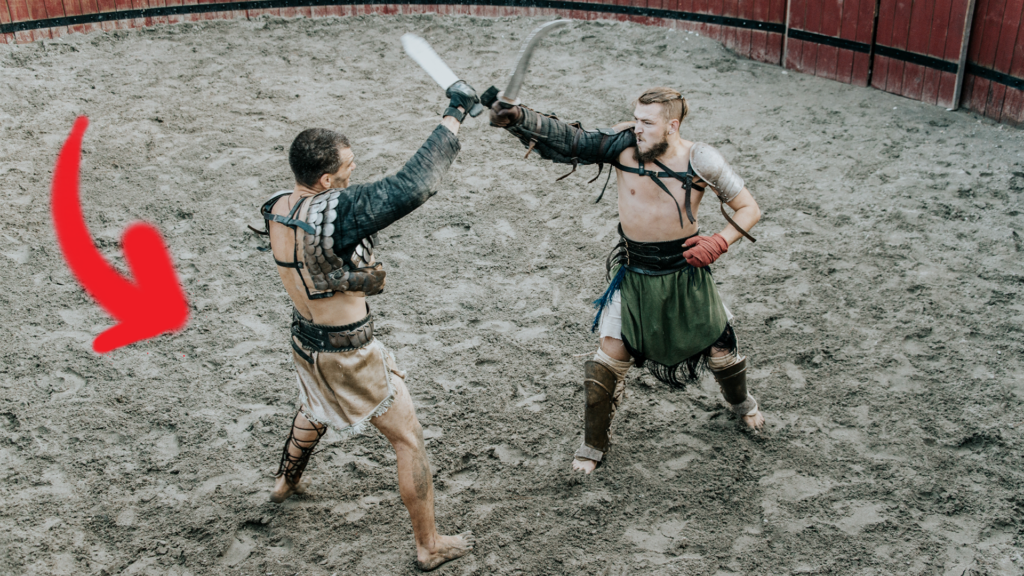
Suzanne was just as inspired by the Romans as she was by the Ancient Greeks. The Games themselves are basically an updated version of the gladiator battles of the Roman Empire. The gladiators were usually slaves or criminals who were forced to fight, or people who signed up because the chance at victory was better than their current lives. It's amazing how modern the gladiator games seem when you learn about them - there were celebrity fighters with fans and sponsors! The name of the country in The Hunger Games, Panem, is a reference to a Latin phrase, "Panem et Circenses" which means "bread and circuses." The phrase means that if you feed people and keep them entertained they will never rebel against their government, even if it's cruel.
10. TV also played a part in creating the story
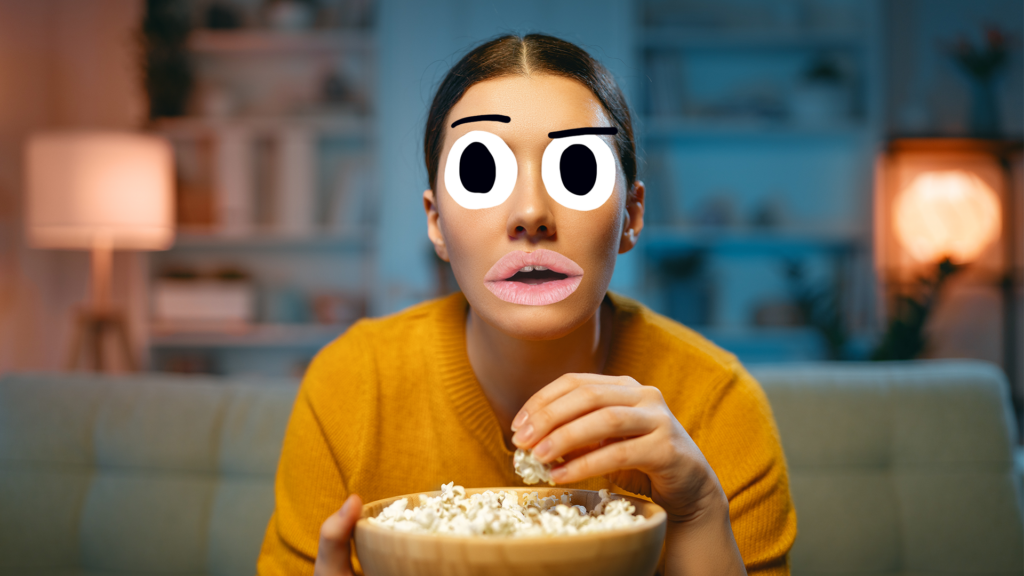
An interesting thing about The Hunger Games is that the games themselves are televised. Suzanne said she got the idea for this when she was channel-hopping while tired. She flicked between a game show and real news footage of a war, and wondered what would happen if the lines became blurred. The Hunger Games is meant to be a very extreme version of our own reality TV, where we enjoy seeing contestants win or watching them suffer, and we love or hate them even though we don't know actually know them.
11. There almost wasn't a sequel

The first Hunger Games book was initally planned as a standalone book! Suzanne says she realised it needed a sequel once she worked out the ending. There's no way that Katniss would get away with defying the Capitol like she does at the end of the book, and so there was definitely more of the story to tell. From this we got the original trilogy, and then a prequel, The Ballad of Songbirds and Snakes, which explores more of the world of Panem.
12. The Hunger Games was a HUGE hit
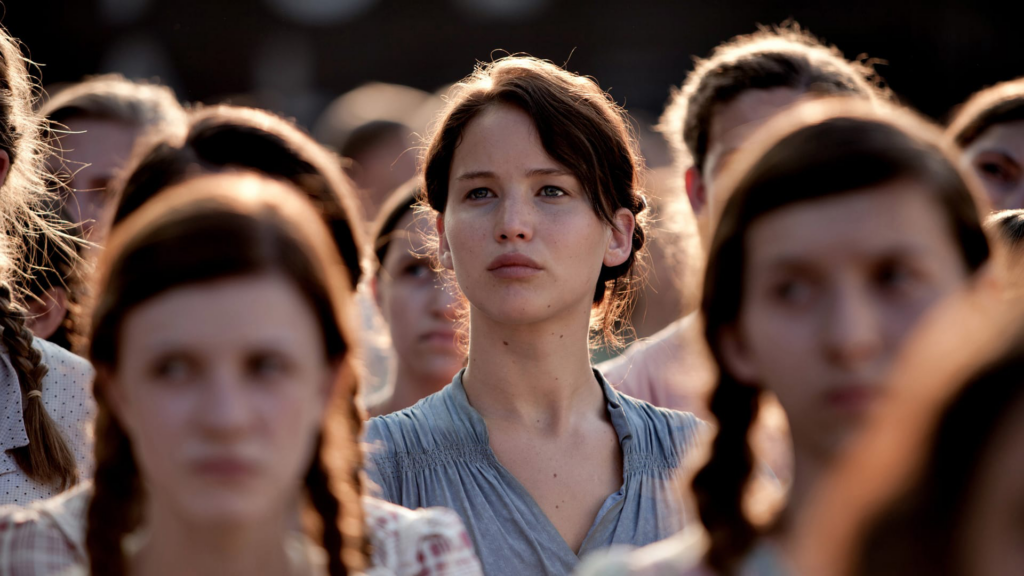
It's hard to overstate exactly how successful The Hunger Games books are. When the first book came out it had a print run of 50,000 copies, which had to be increased to 200,000 when they sold out fast! The book was on The New York Times Best Seller list for more than 60 weeks in a row, and it still sells amazingly well! The series has sold over 100 million copies globally, and it's been translated into 52 languages. It also scooped a lot of awards, and Suzanne herself received the 2016 Authors Guild Award for Distinguished Service to the Literary Community. This is the first time the award was given to a YA author! It also spawned the 2012 film adaptation and its sequels, of course, which made the series even more famous and got more people to read the books!
13. She helped make archery cool!

Well, okay, archery was already cool! But The Hunger Games helped to make it more popular than ever, especially with young people! Katniss uses a bow and arrows to hunt extra food for her family, and uses her skill to deadly effect when she fights in the games. Lots of kids wanted to be as cool and independent as Katniss, and membership of USA Archery doubled after The Hunger Games film first came out! USA Archery even wrote Suzanne a letter, thanking her for making the sport "hot" again and saying: ""when Katniss Everdeen started brandishing her bow and arrows on movie screens across America, our phones began (literally, began) ringing nonstop."
14. She wrote the screenplay
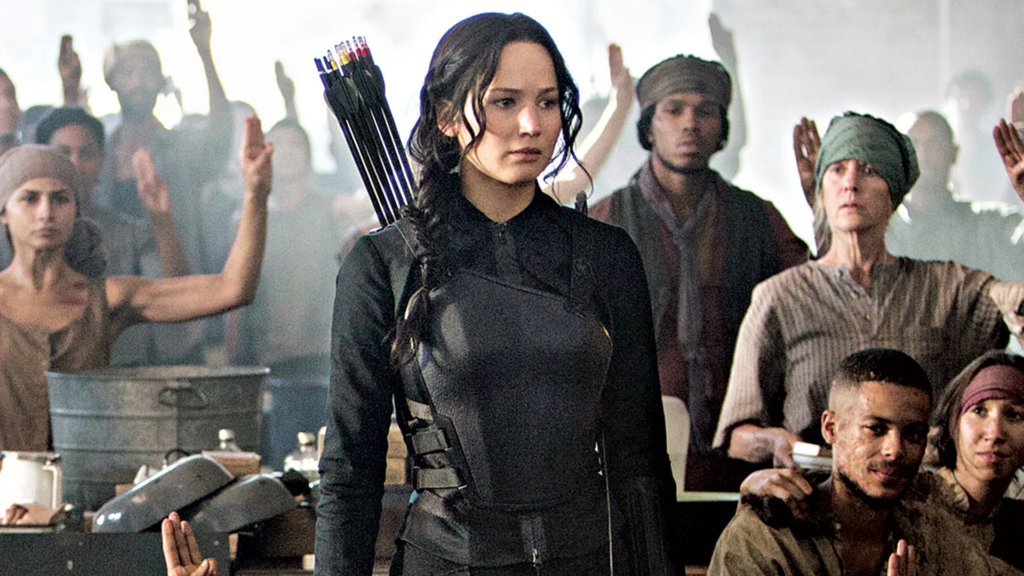
Suzanne has a lot of experience writing screenplays, and she used it for the film adaptations of The Hunger Games! She co-wrote the screenplay for the first film, and did the adaptation of both Mockingjay films (that's the person who edits the story from the books to make it more suitable for the pacing of a film).
15. She became a huge influence for other writers
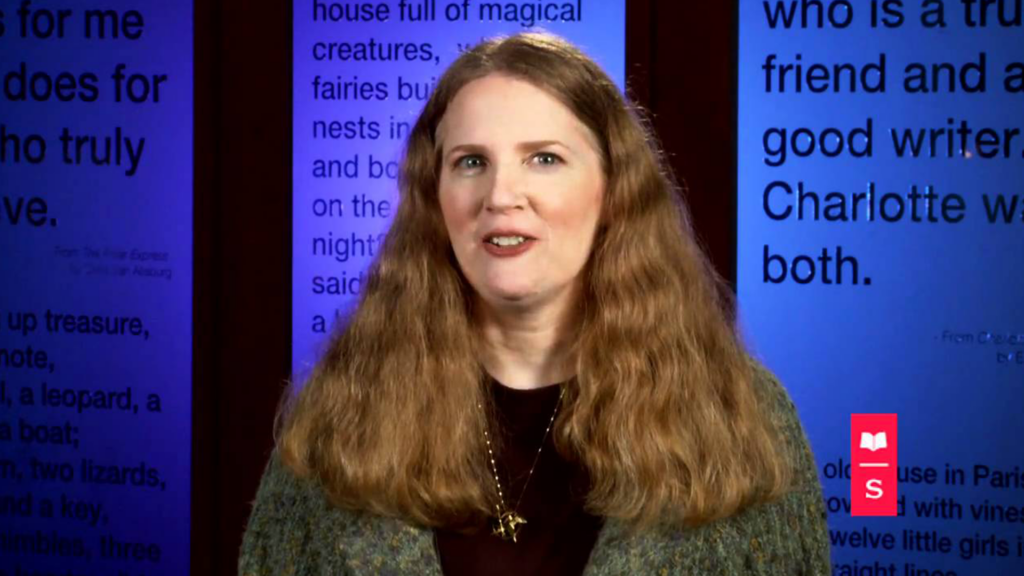
If you love to read, you've probably noticed the massive impact that Suzanne has had on other YA books! Books tend to follow trends, and Suzanne helped pioneer the "YA dystopia" trend that gripped bookshops for years after The Hunger Games debuted. Series like Divergent, The Maze Runner, The Mortal Instruments, Uglies and the Unwind series all enjoyed the boost that The Hunger Games gave the genre. In fact, if you look for dystopian YA at your library, you'll be spoiled for choice! Other new writers have cited Suzanne as an influence on their work. Tara Sim, author of the Timekeeper trilogy, said that Suzanne really "rocked the boat" for YA as a whole; and Leah Johnson, author of You Should See Me In A Crown, praised Katniss's imperfections, beccause they make her an interesting and believable character. What a legacy!

















